Posted by Lisa Black
Does anyone remember the old Stan Freberg song “I See Bones” (a comedy number to the tune of “C’est Bon”), in which a doctor looking at x-rays states: “There are things in your peritoneum…that belong in the British Museum.”
Forty-four years after mid-childhood, I finally got to visit the British Museum–with my two sisters (each of us unable to get that song out of our heads!).
I saw the Lindow Man, perhaps one of the oldest documented murder victims, hit in the head and deposited in a bog some time between 2 BC and 119 AD.
I saw the Elgin Marbles, the statues and stone friezes taken from the Parthenon and other structures in Athens by the Earl of Elgin. He had official permission to take them from the Ottoman Empire which ruled Greece at the time—however controversy over his documentation and the removal began almost immediately and continues today. In perhaps one of the earliest and most thorough forensic document analysis, a parliamentary committee listened to numerous experts debating the authenticity of Elgin’s paperwork. As today, even celebrities (including Lord Byron) weighed in. Perhaps they’re a bit sensitive, and have a statement on their website and this posted plaque:
There is no way to see everything there in a few hours or even a few days. Much time is needed (preferably not in summer) to absorb the exhibits. My sisters and I split up, me dashing around to see whatever struck me as mind-bogglingly ancient, including a mummy of Cleopatra (but not that Cleopatra). My one sister was fascinated by the small, human details, such as a teeny personal-care kit with two carved picks, one for the teeth, one used to clean out ears. Why anyone would want these two things in close proximity, I couldn’t say. My other sister loved an exhibit called “Cradle to Grave” that laid out, in order, all the medications that average people took during their lifetime, creating a sort of retrospective of their existence. She mostly liked the quotes along the way like this one:
Eventually we moved on to Paris (where we had another Stan Freberg song stuck in our head—“Louis the sixteenth was the king of France…”) and went to the Louvre. But Paris, as it always is, will be a story for another day.
Why do we put things in museums? Why do we select certain objects and decide that we want to preserve them forever?
If you made a museum of your life, what would be front and center in a large glass case? What would be your Rosetta Stone?



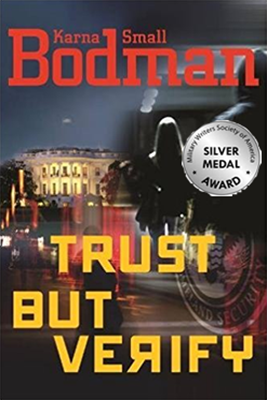








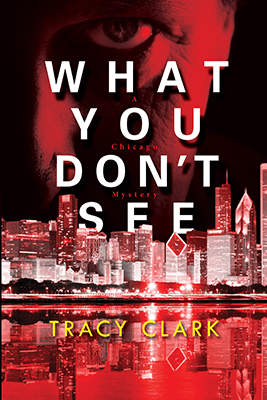



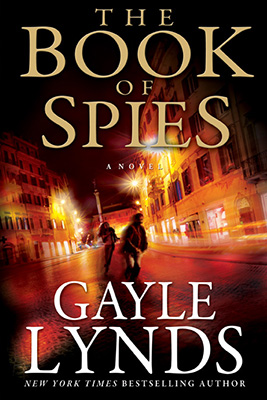






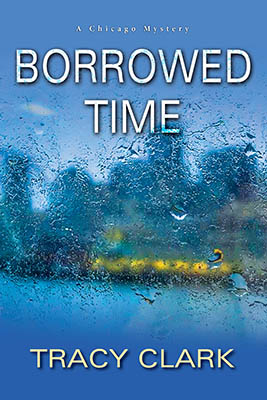
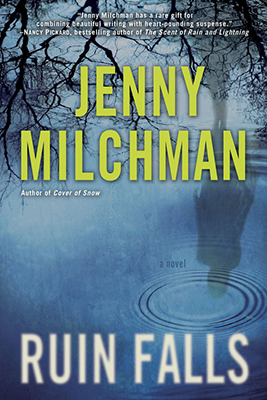


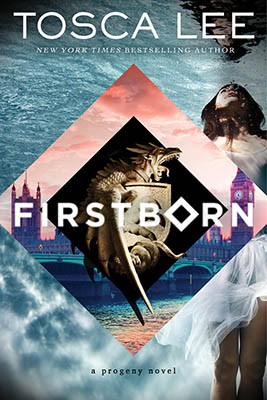





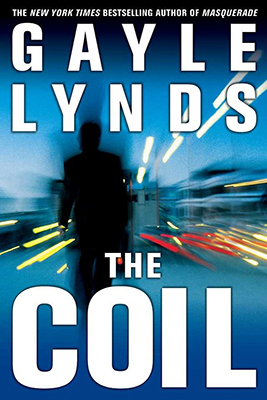
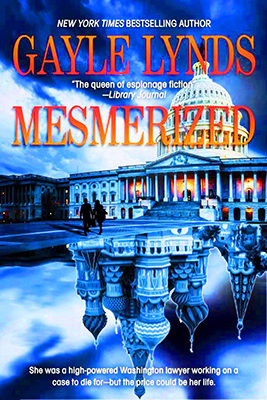


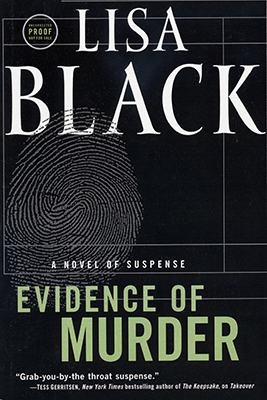



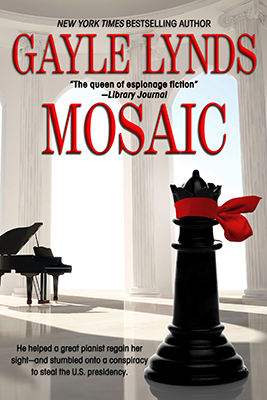
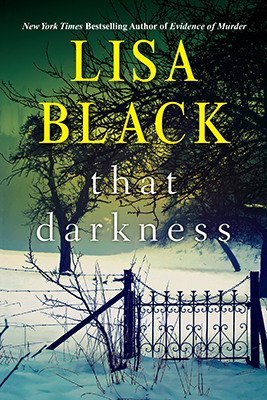
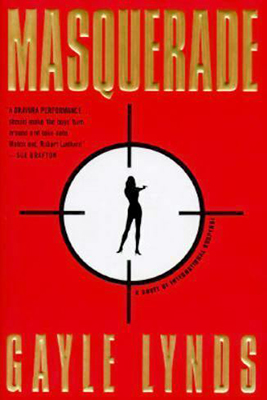
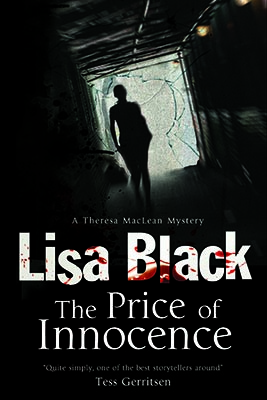
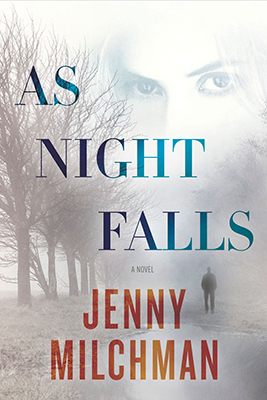
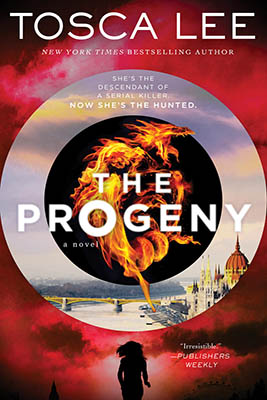
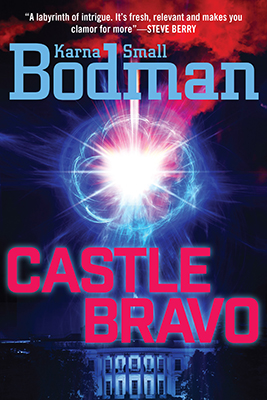

What would be "front and center in a museum of my life?" Interesting question, Lisa. I believe it would be The White House where I spent 6 eventful years – knowing that it is the ONLY home of a President that is also an official museum. When I read your interesting article, it made me realize how museums are treasure-troves of information and ideas for stories, especially by authors of historical thrillers. Thanks for posting.
I love the British Museum, too, and was gobsmacked by the grandeur and art of the Elgin Marbles. But what a dirty history. After visiting Rome and the remains of the Parthenon, it seems particularly sad that the marbles are not where they were carved and loved and admired for so many centuries. Send them back to Rome!
I was fascinated by the Rosetta Stone. Imagine being the one to crack the code! And, yes, Gayle, I think that's the case with so many museum pieces. It seems wrong that some things aren't where they should be.